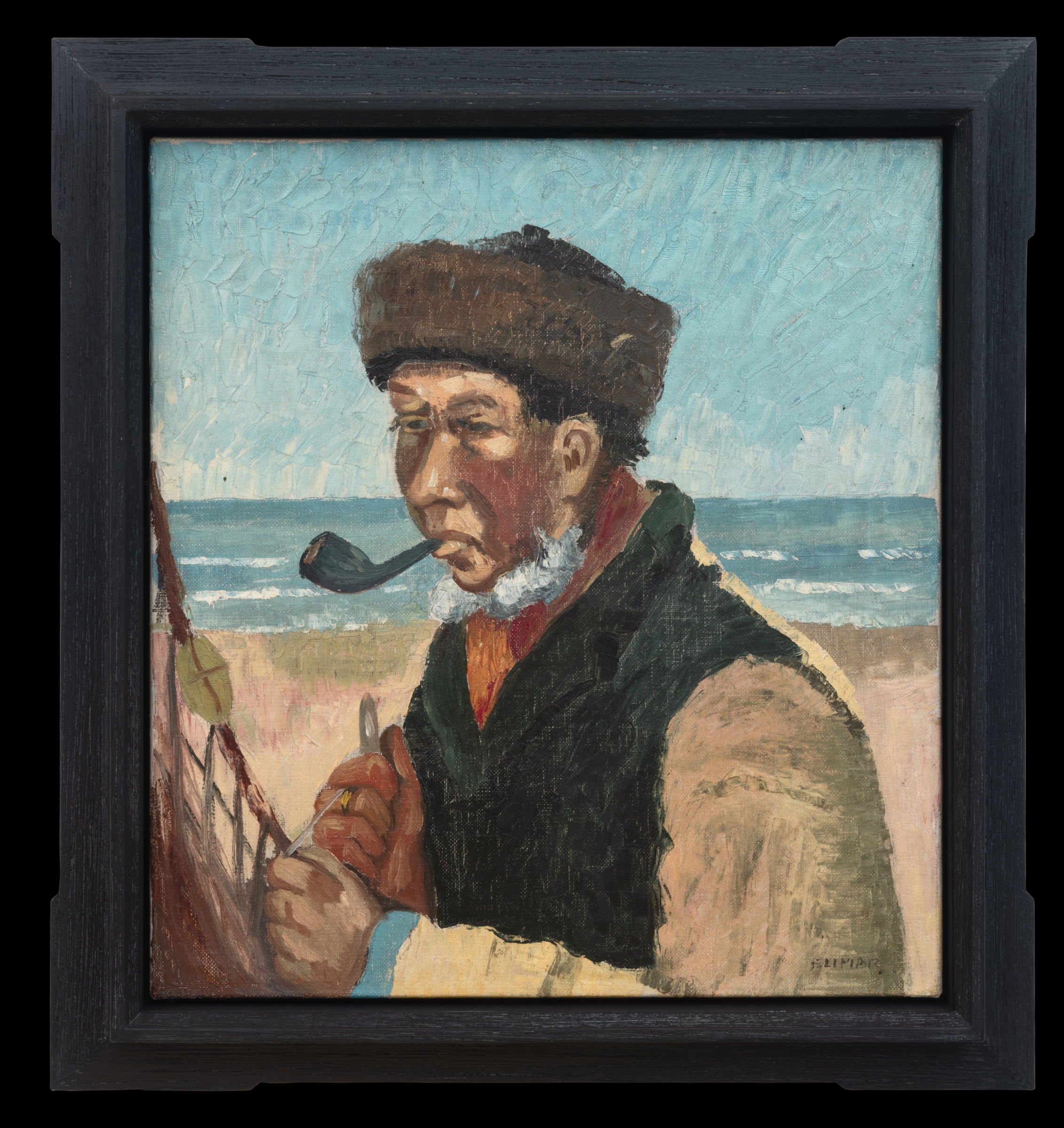The Van Gogh Museum in Amsterdam says a portrait found in a Minnesota garage sale is not an original by the Dutch master.
After an antique collector discovered the painting in 2016, the work was purchased in 2019 by LMI Group International, a New York-based art authentication company that deals with so-called “orphaned artworks,” described on its website as “culturally and historically important works of art that have been lost to history.”
LMI Group claimed last month that “Elimar,” titled after the name written on the bottom-right corner of the canvas, was painted by Vincent van Gogh between 1889 and 1890 during his yearlong stay at the Saint-Paul sanitarium in Saint-Rémy-de-Provence. The group supported its claim with a 456-page research report citing multiple scientific tests as well as historical and data analysis.
The report cited van Gogh’s pivot to “translations” (improvisational copies) of other artists’ work in the years leading up to his death, noting that “Elimar” appeared to be based on Danish artist Michael Ancher’s “Portrait of Niels Gaihede” (c. 1870s–1880s). The report also said that “Elimar” is consistent with van Gogh’s other portraiture done in three-quarters view, and that its subdued colors exemplify the artist’s desire to return to “a palette like that of the north,” as he wrote in a letter to his brother Theo in the summer of 1889.
A technical and material analysis of the painting concluded that a temporary egg-white varnish on the surface matched that used by van Gogh on finished paintings before rolling them up and that a red-colored hair embedded in the paint belonged to a human male, though further DNA testing could not be conducted due to the degradation of the sample.
The name Elimar comes from a fictional boat boy from the 1848 novel The Two Baronesses by Hans Christian Andersen, whose writing van Gogh was said to particularly enjoy.
However, the Van Gogh Museum remained unconvinced. “Based on our previous opinion on the painting in 2019, we maintain our view that this is not an authentic painting by Vincent van Gogh,” a spokesperson told Hyperallergic.
The former owner of the work had already consulted the museum about its authenticity years ago, and the museum had denied attribution based on a photograph of the painting.
LMI Group said in a January 31 statement that it stood by its findings, questioning why the museum “invested less than one working day to summarily reject the facts presented in our 456-page report without offering any explanation, let alone studying the painting directly rather than looking at it reproduced as a JPEG.”
The group added that “even the museum is fallible,” pointing to four alleged instances in which the institution failed to properly attribute works to the artist and 10 instances in which it allegedly misattributed works to the artist. (The Van Gogh Museum has not yet responded to Hyperallergic‘s request for comment about these claims.)
In a recent report in the Wall Street Journal, the Van Gogh Museum told the paper that it receives between 200 and 500 authentication inquiries per year, “99% of which could not be attributed to Van Gogh in our opinion.”

